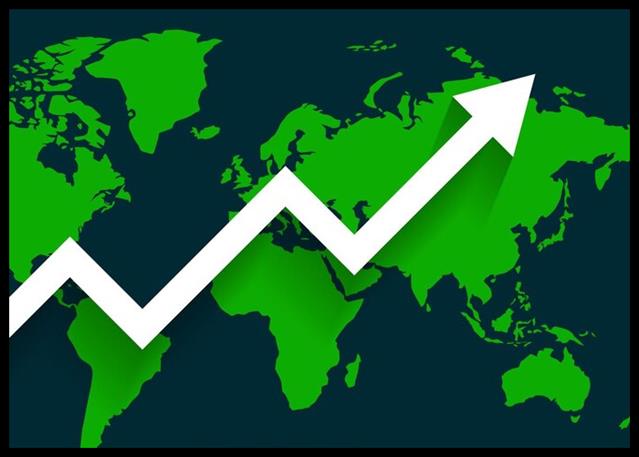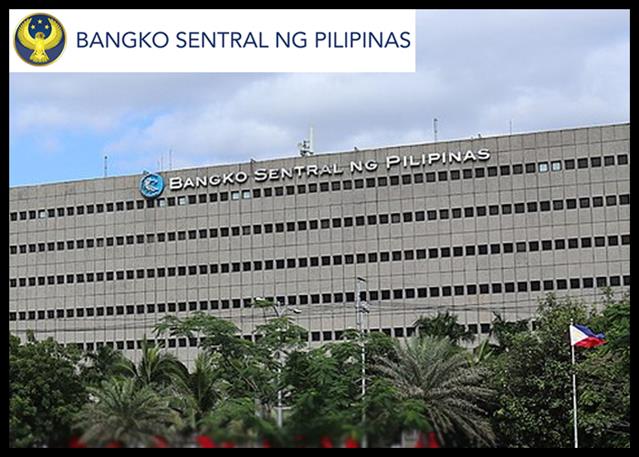German Inflation Steady At 2.2%
Germany’s consumer prices logged a steady pace of increase in April reflecting the stickiness of inflation despite the disinflationary pressure gaining strength over recent months.
The consumer price index posted an annual growth of 2.2 percent, which was the same rate as seen in March and weaker than economists’ forecast of 2.3 percent.
The current 2.2 percent inflation was the lowest since May 2021.
| Broker | Review | Regulators | Min Deposit | Website | |
|---|---|---|---|---|---|
| 🥇 |  | Read Review | ASIC, FSA, CBI, BVI, FSCA, FRSA, CySEC, ISA, JFSA | USD 100 | Visit Broker >> |
| 🥈 |  | Read Review | FMA, FSA | USD 50 | Visit Broker >> |
| 🥉 |  | Read Review | FSCA, CySEC, DFSA, FSA, CMA | USD 0 | Visit Broker >> |
| 4 |  | Read Review | CySEC, MISA, FSCA | USD 5 | Visit Broker >> |
| 5 |  | Read Review | FCA, CySEC, FSCA, SCB | USD 100 | Visit Broker >> |
| 6 |  | Read Review | FCA, FINMA, FSA, ASIC | USD 0 | Visit Broker >> |
| 7 |  | Read Review | CySEC, FCA, FSA, FSCA, Labuan FSA | USD 100 | Visit Broker >> |
| 8 |  | Read Review | CBCS, CySEC, FCA, FSA, FSC, FSCA, CMA | USD 10 | Visit Broker >> |
| 9 |  | Read Review | ASIC, CySEC, FSCA, CMA | USD 100 | Visit Broker >> |
| 10 |  | Read Review | IFSC, FSCA, ASIC, CySEC | USD 1 | Visit Broker >> |
On the other hand, EU harmonized inflation rose slightly to 2.4 percent, while the rate was expected to remain at 2.3 percent.
Data showed that core inflation that strips out food and energy softened to 3.0 percent in April from 3.3 percent in March.
Month-on-month, the CPI gained 0.5 percent, slightly above the expected 0.6 percent. At the same time, the harmonized index of consumer prices gained 0.6 percent, in line with expectations.
Cost of services grew at a pace of 3.4 percent annually after rising 3.7 percent a month ago. At the same time, growth in goods prices advanced to 1.2 percent from 1.0 percent.
Energy prices dropped again in April but the pace of decline more than halved to 1.2 percent from 2.7 percent. Food prices rebounded 0.5 percent after easing 0.7 percent in March.
Final data is due on May 14.
ING economist Carsten Brzeski said this stickiness looks set to continue, and headline inflation in Germany could rebound to 3 percent in May.
Brzeski noted that the increase in headline inflation is a good reminder of how difficult the last mile of bringing inflation sustainably back to 2 percent will be for the European Central Bank. Nonetheless, a rate cut at the June meeting still looks like a done deal, the economist said.
The recent rise in oil prices together with weaker euro exchange rate could easily push the ECB’s own inflation projection for next year above 2 percent again, which will undermine the case for interest rate reductions beyond the June meeting, the Brzeski added.
Elsewhere on Monday, a survey from the ifo institute showed that more companies in Germany plan to raise prices in April and inflation is likely to remain above the ECB’s 2 percent target in the coming months.
The ifo price expectations measure rose to 15.1 points in April from 14.3 points in March.
“Inflation is unlikely to fall any further in the coming months and is set to remain at just over 2 percent,” Sascha Mohrle, economic expert at the ifo Institute, said.
Price expectations rose in consumer-related industries, mainly hospitality, games and toys retailers, and drugstores.
🏆 7 Best Forex Brokers
| Broker | Website | |
|---|---|---|
| 🥇 |  | Visit Broker >> |
| 🥈 |  | Visit Broker >> |
| 🥉 |  | Visit Broker >> |
| 4 |  | Visit Broker >> |
| 5 |  | Visit Broker >> |
| 6 |  | Visit Broker >> |
| 7 |  | Visit Broker >> |












